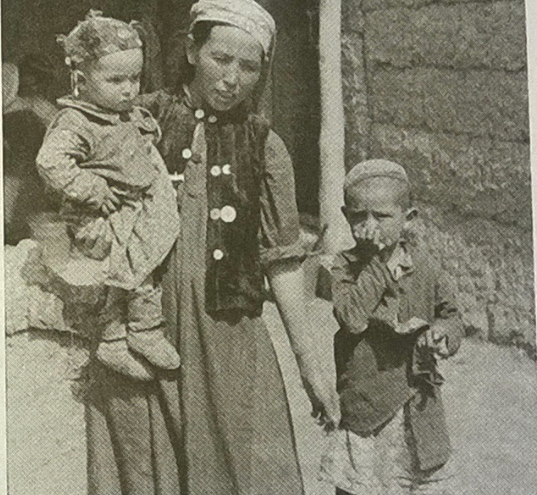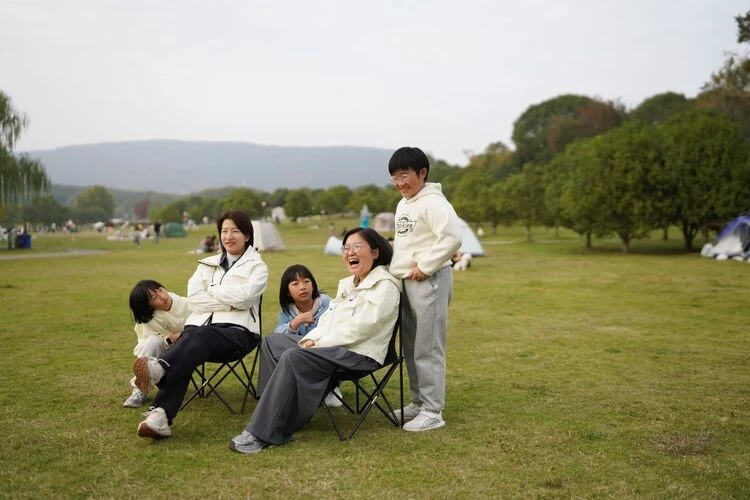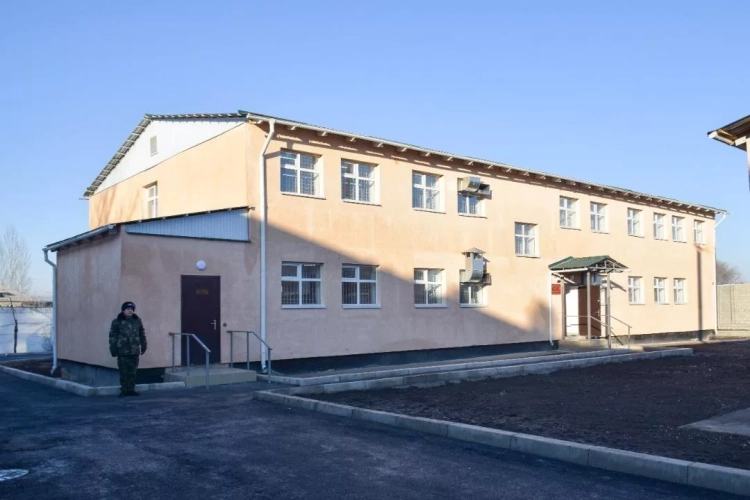
On March 6, the Russian Center for Science and Culture in Bishkek will host the opening of the...

During his interview, al-Talbani also spoke about the monstrous torture that prisoners endured....
According to information from the Central Election Commission, out of 467 registered candidates,...
A 46-year-old resident of the village of Uch-Korgon in the Manas district of the Talas region,...
In Kara-Balta, women raising children with disabilities have appealed to the city administration...

Before the revolution, there were 107 Russian schools in Kyrgyzstan, where, in addition to Russian...
As of October, 812,608 people are registered in Kyrgyzstan who receive pensions. This number...

The status of women in family relationships changed depending on age, the number of children born,...

Photo The Guardian In recent years, a new approach to co-living among single mothers has been...
The regional board in Talas, attended by the leadership of the presidential representative office,...

On October 30 at 18:00, the period for submitting applications for candidate nominations for the...
Kumarkan Ishenalieva, a resident of the village of Kara-Suu in the At-Bashinsky district, spoke...
During the first nine months of 2025, the Ministry of Internal Affairs recorded over 16,000 cases...

The Institute of the Ombudsman of the Kyrgyz Republic conducted a review of the rights of...

The results of the Republican lullaby song contest have been announced in Bishkek — the jury...
According to the latest UN report, the reduction in external funding seriously threatens the work...
In the city of Osh, at the school named after Gorky, a day of remembrance was held for the children...
A pediatric specialist, Syina Bokuyeva, strongly advises parents to avoid self-medication if their...
On October 30, the head of the department for medical and psychological assistance to minors at the...

The farewell ceremony was attended by the city mayor and the chairman of the city council...

The Rear in Kyrgyzstan Industry. A significant part of the European territory of the USSR was at...
In the Moscow district, there is a rise in birth rates: in the first 9 months of the current year,...
The dynamics of women's participation in the political life of Kyrgyzstan demonstrate a...
On October 30, the body of a 41-year-old woman without a head was found in the southwestern part of...
According to the Ministry of Health, the total number of children poisoned by shawarma at a private...

SOCIAL HIERARCHY OF WOMEN Reliable information about the social structure of the Kyrgyz people can...
In the Kochkor Historical Museum, archival photographs of local residents who became victims of...

Everyone has their own happiness We cannot say what a person needs for happiness. But each of us...
Claudia Goldin, a Nobel Prize-winning economist, published a study analyzing the key reasons for...
On the road from Osh to Aravan, there are mountains among which one can discern hills that create...

The inequality of the personal status of men and women was vividly manifested in the conclusion...
According to information presented by the prosecutor's office, an arrest warrant has been...

Dignity In ancient times, in a certain village, women began to take their own lives one after...

The children's helpline receives approximately 200 calls daily. This information was provided...
In the nine months of 2025, the "Child Helpline" center, operating under the Ministry of...
On the territory of the Jeti-Oguz district of the Issyk-Kul region lies a lake associated with a...

The Eternal Bride In the times when the Kyrgyz still lived along the banks of the Yenisei River,...
Turmush continues to introduce readers to the stories of current and former employees of the...
Recently, two young women, one of whom is a minor, were returned to Kyrgyzstan after being in labor...
Pediatrician Syina Bokuyeva shared advice for parents who have noticed the first symptoms of ARVI...
In Kyrgyzstan, following the administrative-territorial reform (ATR), the issue of the work of...

Bishkek, Kyrgyzstan - Older women from around the world speak about human rights in a new report...
In the "Our People Abroad" section, we will meet 25-year-old Kyrgyzstani Nurzada...